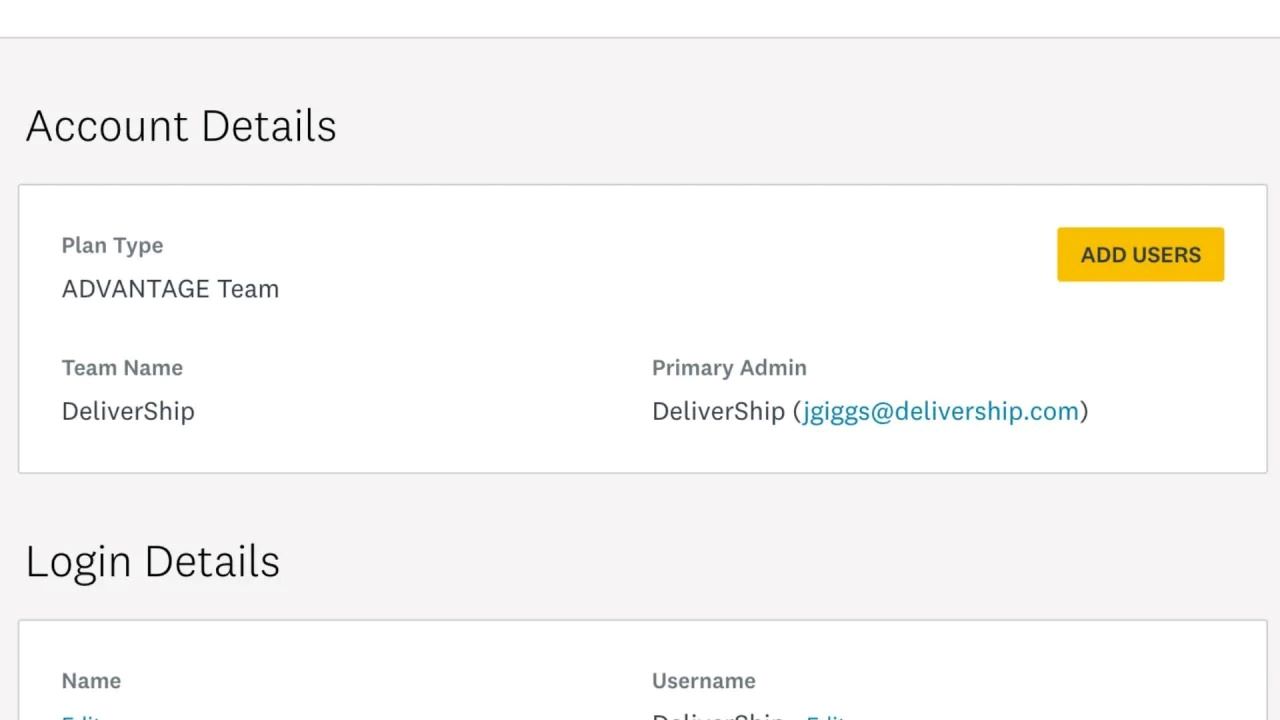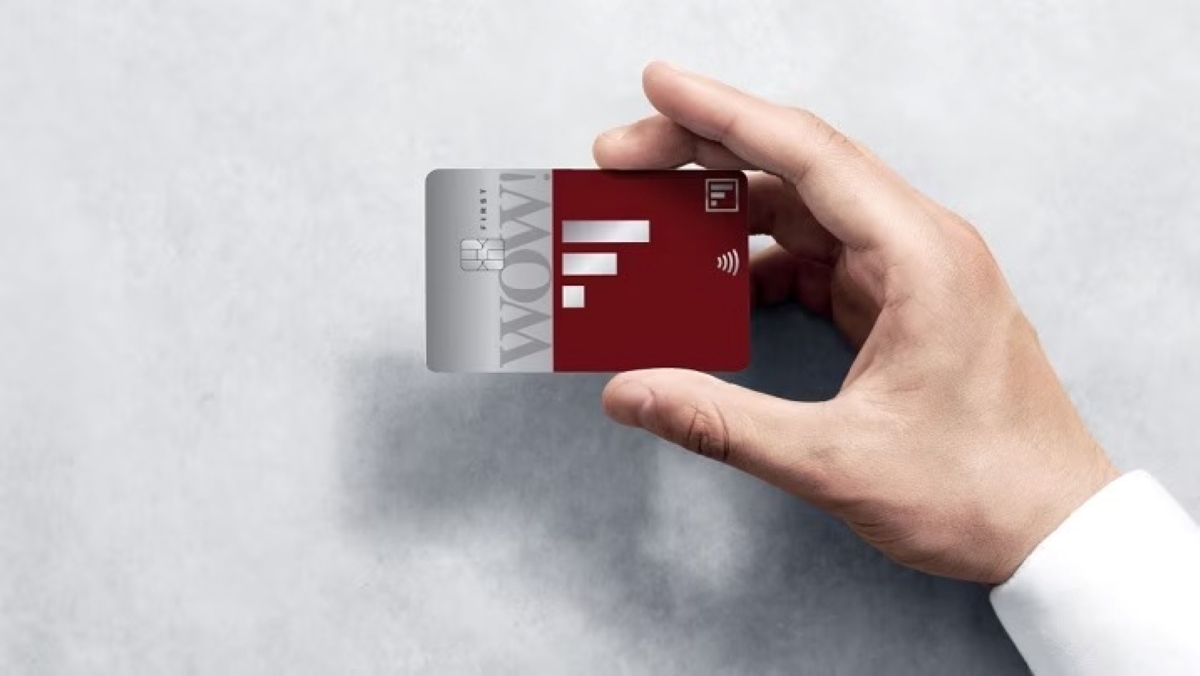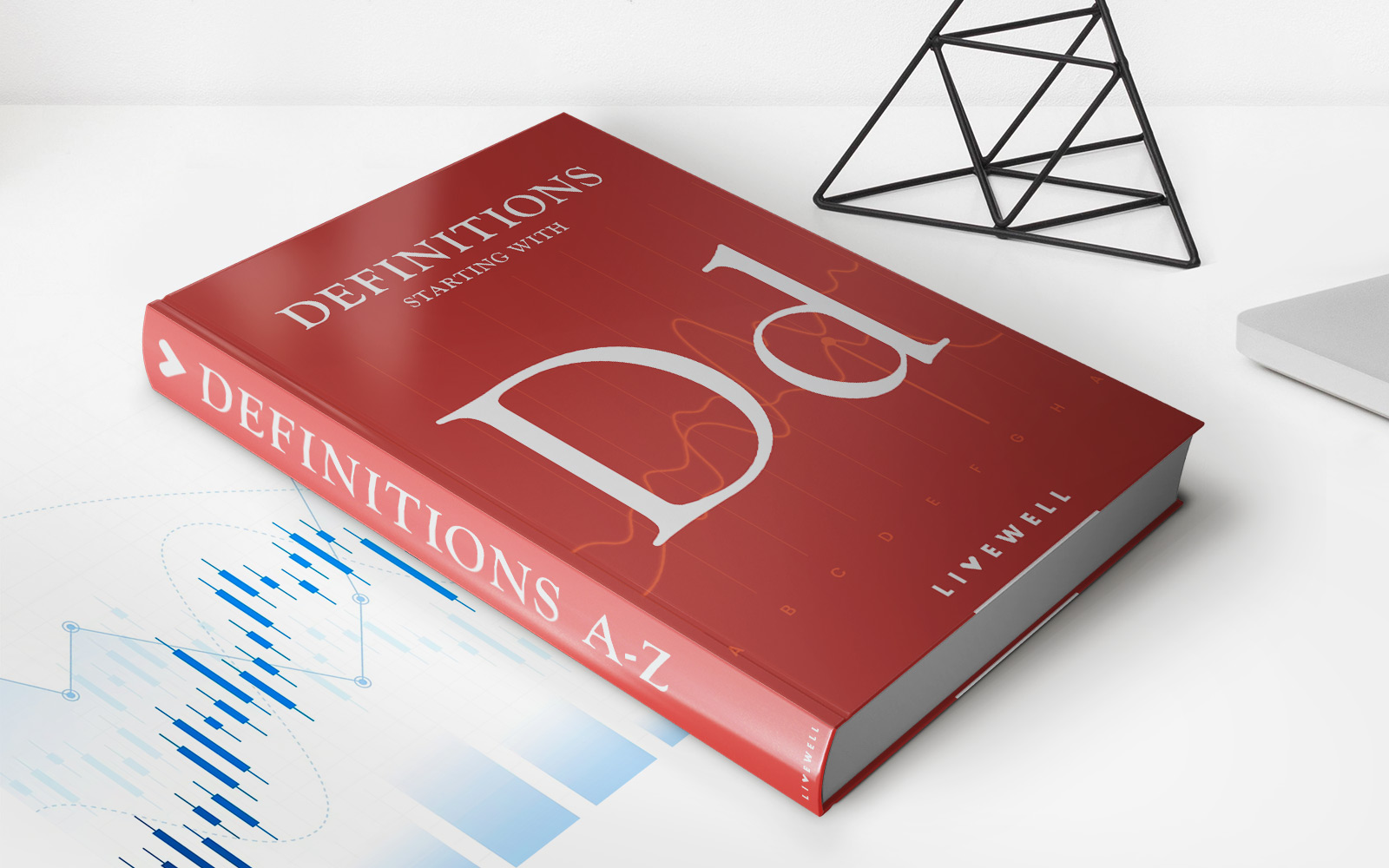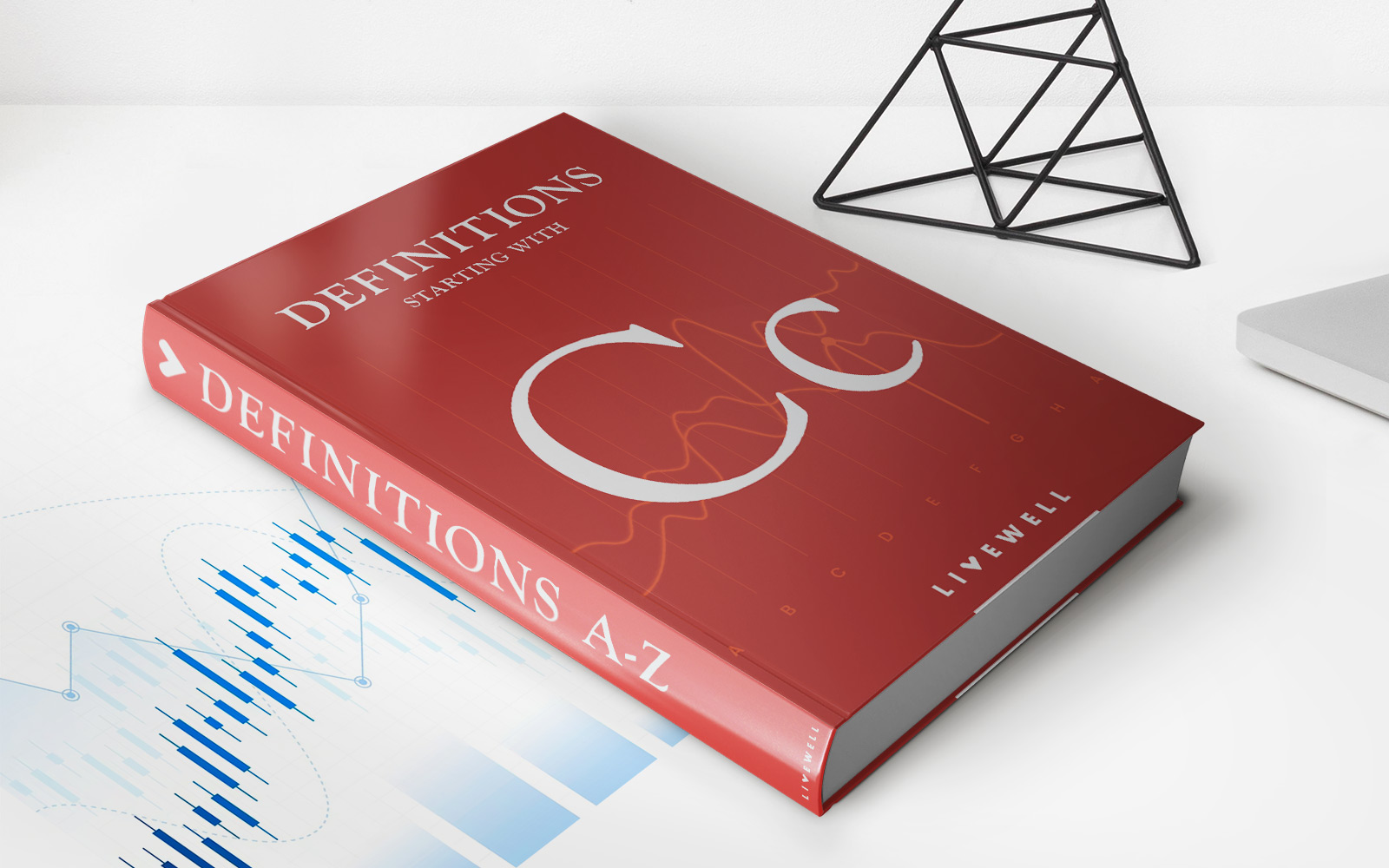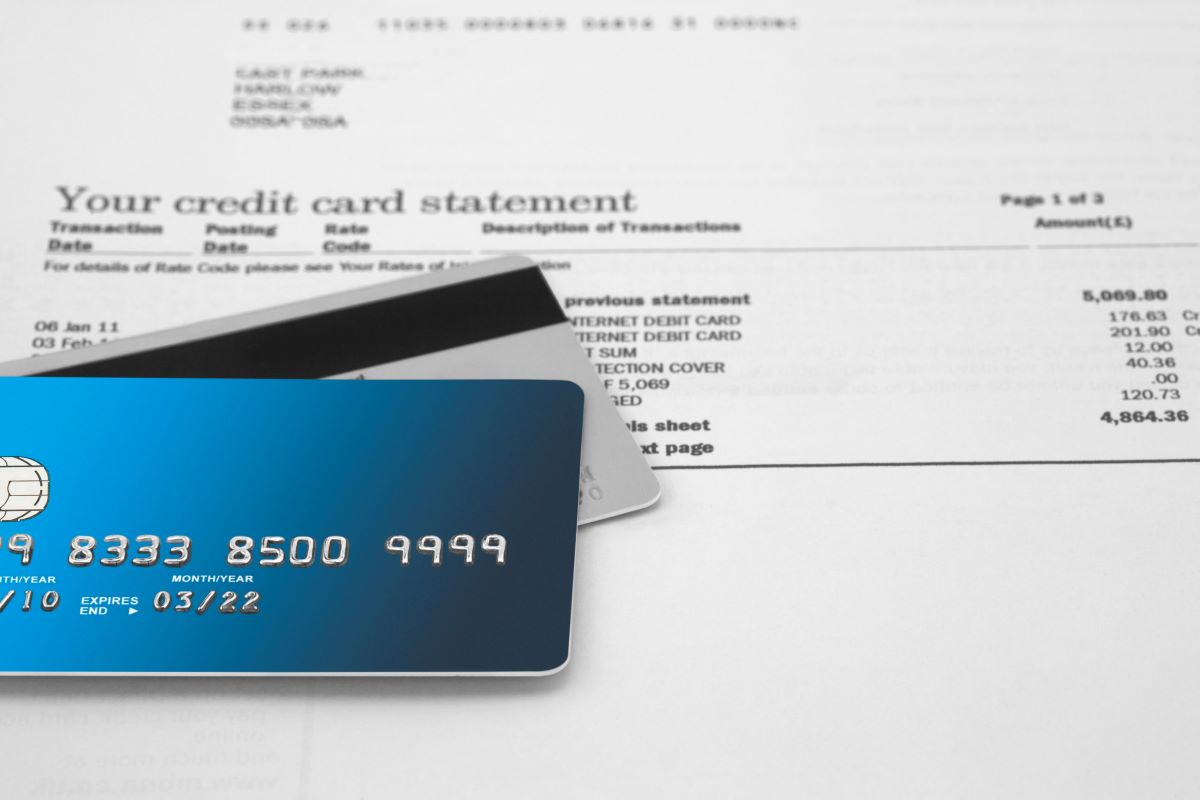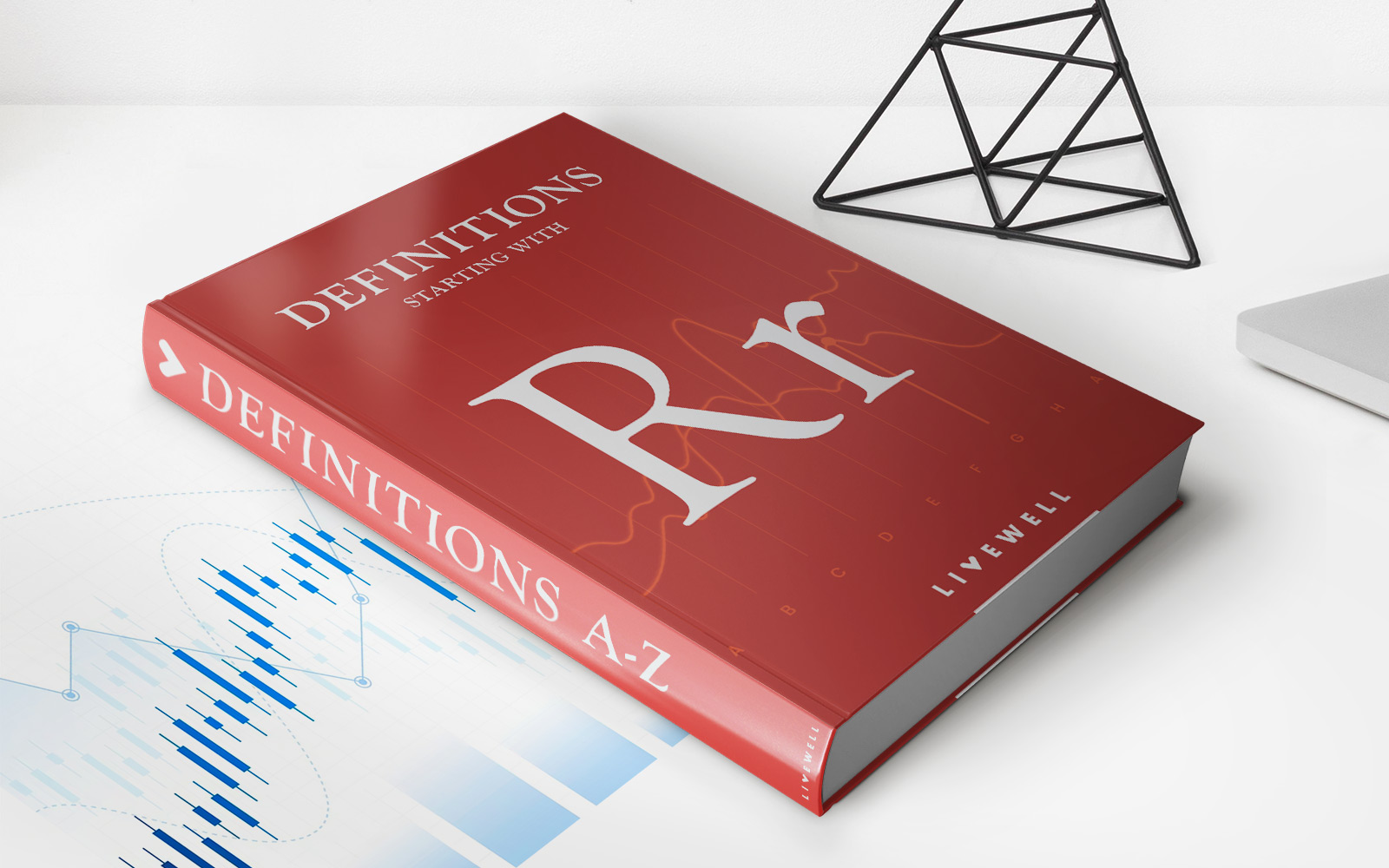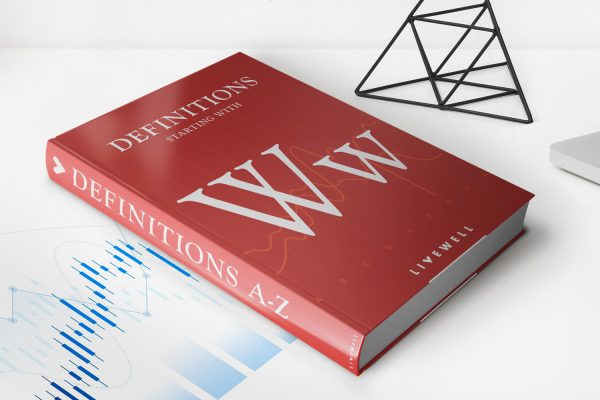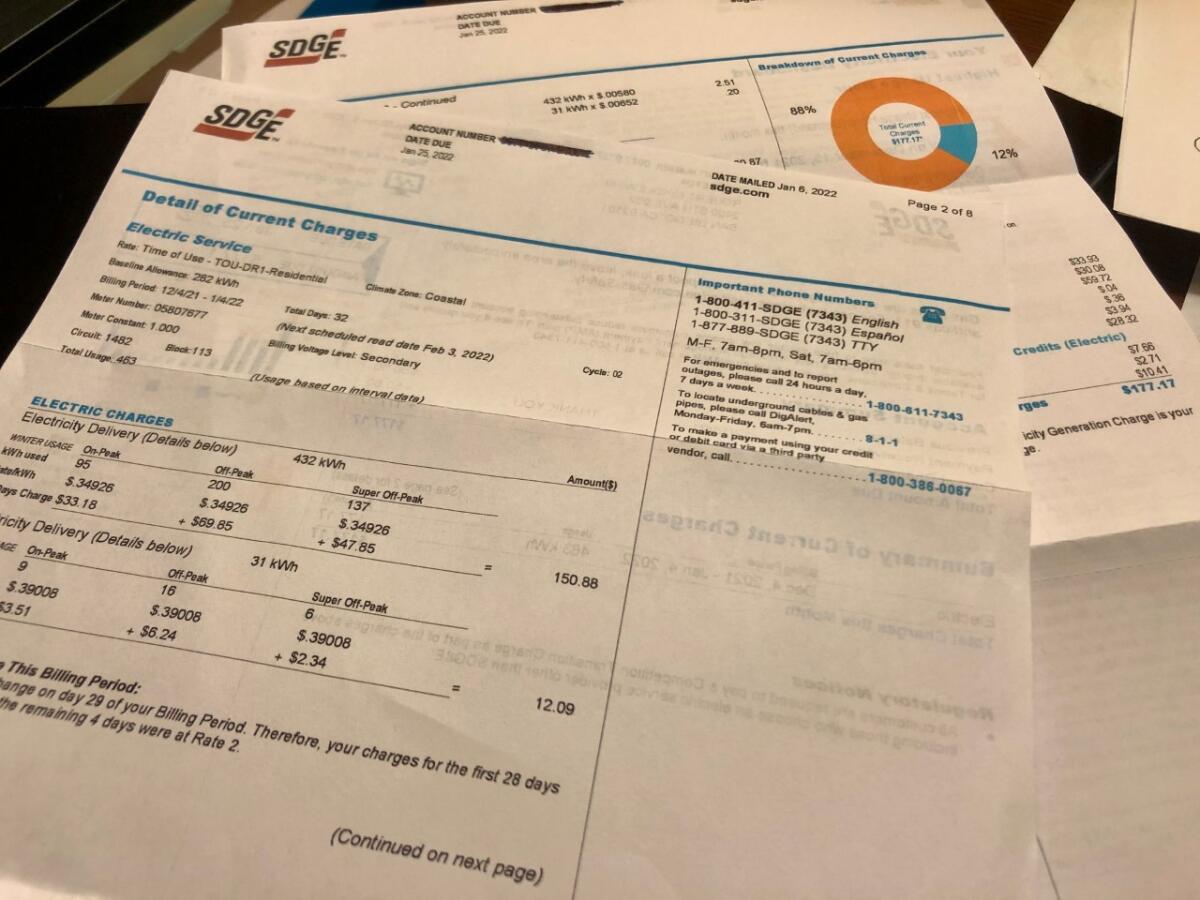

Finance
How Long Is SDG&E Billing Cycle?
Published: March 7, 2024
Learn about the billing cycle duration for SDG&E and manage your finances effectively. Understand the timing and frequency of your utility bills.
(Many of the links in this article redirect to a specific reviewed product. Your purchase of these products through affiliate links helps to generate commission for LiveWell, at no extra cost. Learn more)
Table of Contents
Introduction
Understanding the billing cycle of your utility services is essential for managing your finances effectively. In the case of San Diego Gas & Electric (SDG&E), comprehending the nuances of its billing cycle can empower customers to plan their expenses and consumption more efficiently. This article delves into the intricacies of SDG&E's billing cycle, shedding light on its duration, influencing factors, and strategies for effective management.
SDG&E, a regulated public utility company serving San Diego and southern Orange counties, is responsible for delivering electricity and natural gas to over 3.6 million consumers. The billing cycle refers to the recurring period during which SDG&E calculates, issues, and collects payments for the services provided to its customers. Understanding the duration and dynamics of this cycle is crucial for maintaining financial stability and ensuring uninterrupted access to essential utilities.
Navigating the intricacies of SDG&E's billing cycle involves considering various factors that can impact its length and the amount due. By gaining insights into these elements, customers can take proactive measures to manage their energy consumption and budget effectively. This article aims to elucidate the nuances of SDG&E's billing cycle, empowering consumers to make informed decisions and optimize their utility expenses.
Understanding SDG&E Billing Cycle
The SDG&E billing cycle encompasses the recurring process through which the company calculates and issues bills to its customers for the electricity and natural gas services consumed. This cycle typically spans a specific duration, during which the company gathers data on energy usage, calculates charges, and generates invoices for its customers. Understanding the key components of this billing cycle is essential for customers to navigate their energy expenses effectively.
Typically, the SDG&E billing cycle lasts for about 28 to 32 days, with variations based on factors such as weekends, holidays, and company-specific scheduling. The cycle commences on the meter reading date, which signifies the start of the billing period. Following this, SDG&E collates the energy consumption data and processes the charges, culminating in the issuance of bills to the customers.
Customers can access detailed information about their billing cycle through their SDG&E account, where they can view the specific dates of their billing period, meter reading, and bill issuance. By leveraging this information, customers can align their energy usage and financial planning with the billing cycle, ensuring timely payments and effective management of their utility expenses.
Moreover, gaining insights into the billing cycle empowers customers to monitor their energy consumption patterns, identify potential inefficiencies, and take proactive measures to optimize their usage. By understanding the duration and dynamics of the billing cycle, customers can make informed decisions to enhance energy efficiency and reduce their overall utility expenses.
Factors Affecting SDG&E Billing Cycle Length
The duration of SDG&E’s billing cycle can be influenced by various factors, each playing a significant role in determining the length of the cycle. Understanding these factors is crucial for customers to anticipate potential variations in their billing periods and adapt their energy management strategies accordingly.
- Meter Reading Schedule: The frequency and schedule of meter readings can impact the length of the billing cycle. Delays or adjustments in the meter reading process can extend the duration of the billing cycle, subsequently affecting the period for which the energy consumption is billed.
- Weekends and Holidays: The occurrence of weekends and holidays can influence the billing cycle length. If the regular billing cycle end date falls on a weekend or a holiday, the cycle may be extended to accommodate the billing process, thereby affecting the subsequent cycle’s commencement.
- Seasonal Variations: Fluctuations in energy consumption patterns during different seasons can also impact the billing cycle length. For instance, heightened energy usage during extreme weather conditions may lead to adjustments in the billing cycle duration to account for the varying consumption patterns.
- Company Policies and Procedures: SDG&E’s internal policies and operational procedures can contribute to variations in the billing cycle length. Changes in billing processes or system upgrades may temporarily impact the duration of the billing cycle, necessitating adjustments in customer billing periods.
By recognizing these influencing factors, customers can proactively anticipate potential variations in their billing cycle length and adapt their energy management practices accordingly. Additionally, staying informed about these factors enables customers to communicate effectively with SDG&E regarding any anomalies or discrepancies in their billing cycle, fostering a transparent and collaborative relationship with the utility provider.
How to Manage Your Billing Cycle
Effectively managing your SDG&E billing cycle involves proactive measures aimed at optimizing energy usage, budgeting effectively, and ensuring timely payments. By implementing the following strategies, customers can navigate their billing cycles with greater ease and control:
- Monitor Energy Consumption: Regularly track your energy usage through SDG&E’s online tools or mobile applications. By staying informed about your consumption patterns, you can identify opportunities to reduce usage and lower your monthly bills.
- Plan Around the Billing Cycle: Align your financial planning and energy-saving initiatives with the billing cycle. Anticipate the end of the cycle and plan your energy usage to avoid peak consumption during the billing period, thereby optimizing your charges.
- Utilize Energy-Saving Tools: Leverage energy-efficient appliances, smart thermostats, and LED lighting to minimize your energy consumption. Implementing these technologies can lead to long-term savings and positively impact your billing cycle expenses.
- Set Up Budget Billing: Consider enrolling in SDG&E’s budget billing program, which averages your annual energy costs into predictable monthly payments. This can help in managing your budget and avoiding fluctuations in your bills.
- Communicate with SDG&E: In case of any discrepancies or challenges related to your billing cycle, reach out to SDG&E’s customer service for assistance. Effective communication can help in resolving issues and ensuring clarity regarding your billing cycle.
By incorporating these practices into your energy management approach, you can navigate your SDG&E billing cycle more effectively, optimize your energy usage, and maintain greater control over your utility expenses.
Conclusion
Understanding the nuances of SDG&E’s billing cycle is pivotal for customers seeking to manage their energy expenses and consumption effectively. By gaining insights into the factors influencing the cycle’s duration and implementing proactive management strategies, customers can navigate their billing periods with greater control and financial stability.
Throughout this article, we’ve explored the fundamental aspects of SDG&E’s billing cycle, shedding light on its typical duration, influencing factors, and strategies for effective management. By recognizing the impact of meter reading schedules, weekends, holidays, seasonal variations, and company policies on the billing cycle length, customers can anticipate potential variations and adapt their energy management practices accordingly.
Moreover, by monitoring energy consumption, planning around the billing cycle, utilizing energy-saving tools, considering budget billing, and maintaining open communication with SDG&E, customers can proactively manage their billing cycles and optimize their utility expenses. These practices empower customers to align their energy usage with the billing cycle, identify opportunities for efficiency, and maintain financial stability.
In essence, a comprehensive understanding of SDG&E’s billing cycle equips customers with the knowledge and strategies necessary to navigate their energy expenses effectively, fostering greater control and informed decision-making. By leveraging these insights and implementing proactive measures, customers can enhance their financial management and ensure a seamless experience within the SDG&E billing framework.
